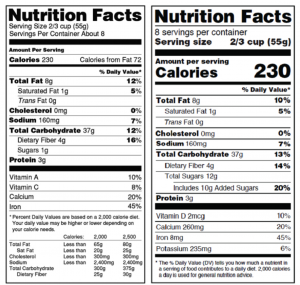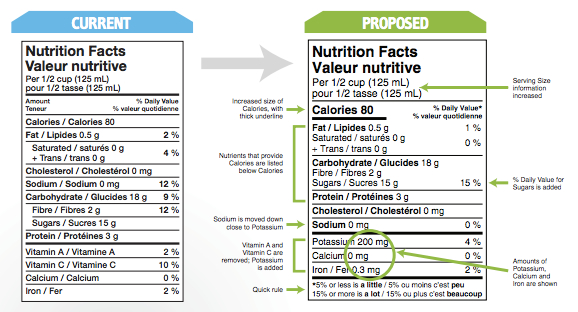
The buzz:
Late last month, Italian Parliamentarian Elvira Savino proposed a bill that would hold parents legally responsible for feeding a vegan diet to children who are under the age of 16. A vegan diet excludes all animal products such as meat, fish, poultry, dairy and eggs.
The bill was proposed after multiple cases of Italian infants were hospitalized for malnourishment presumably due to eating vegan diets. If the bill passes, parents who restrict their children to a vegan diet would face a year-long jail sentence. Should the child fall ill because of the diet, the sentence would increase to four years; and if the child dies, the jail term would rise to six years.
The Italian government has not been shy to step into people’s kitchens. Last year, an Italian court reportedly ordered a vegan mother to feed her son meat at least once a week after her divorced husband complained that the son wasn’t getting adequate nourishment. In 2015, a father was sentenced to nine months in prison after forcing his teen daughters to diet only on whole grains, cereals and veggies because he deemed them to be too fat.
Savino’s proposed bill will be debated later this year.
The science:
According to the Dietitians of Canada, vegan diets can lower your risk of many conditions including obesity, heart disease, high blood pressure, high blood cholesterol, type 2 diabetes and certain types of cancer. A healthy vegan diet includes a variety of grains, vegetables, fruit, legumes (dried peas, peas and lentils), seeds and nuts.
However, because a vegan diet excludes meat, fish, poultry, dairy and eggs, it may take some planning to get enough protein, iron, zinc, calcium, vitamin D, vitamin B12 and omega-3 fats from foods and/or supplements.
Our expert POV:
A vegan diet may be appropriate for toddlers to teens with careful planning. The most important consideration at these ages is to ensure that they are getting the nutrients they need to grow and develop well.
Talk to a dietitian about vegan food sources for nutrients such as protein, iron, zinc and vitamin B12 (which are typically found in meat, fish, poultry and eggs). Calcium and vitamin D are also essential for the development of strong bones and teeth, while omega-3 fats are essential for brain development and eye health.
With our training and experience in health promotion, we wonder if nutrition education for parents / caregivers would be more effective than this punitive legislation.
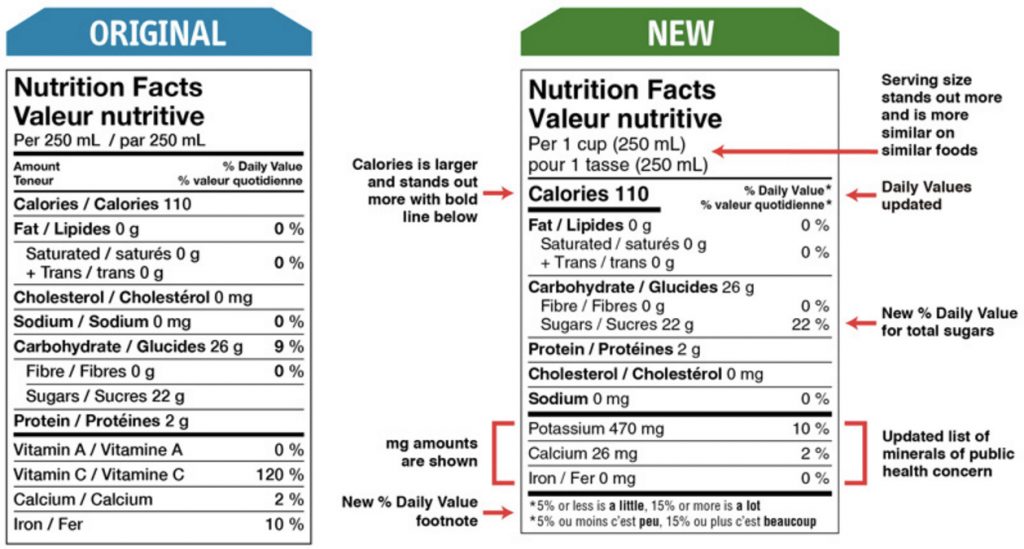
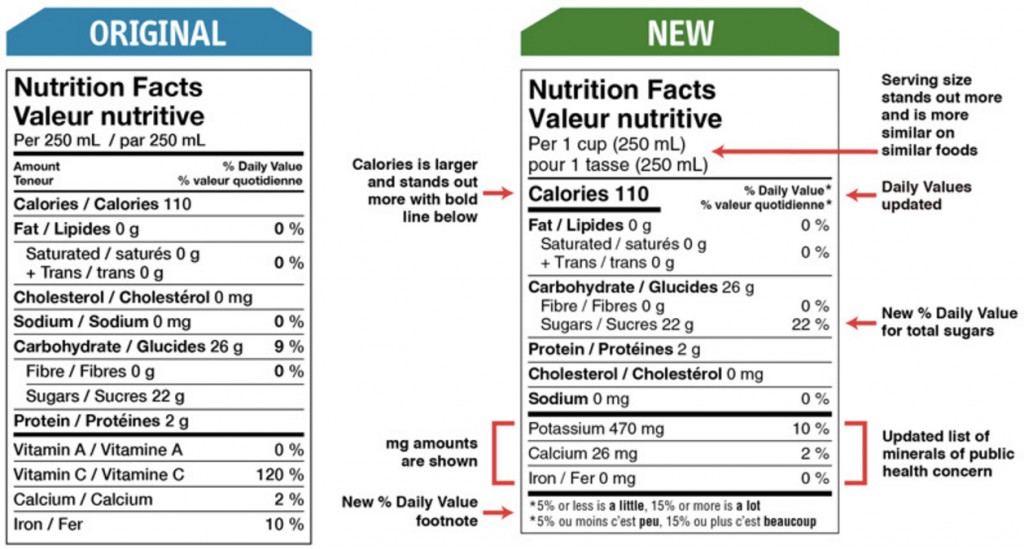
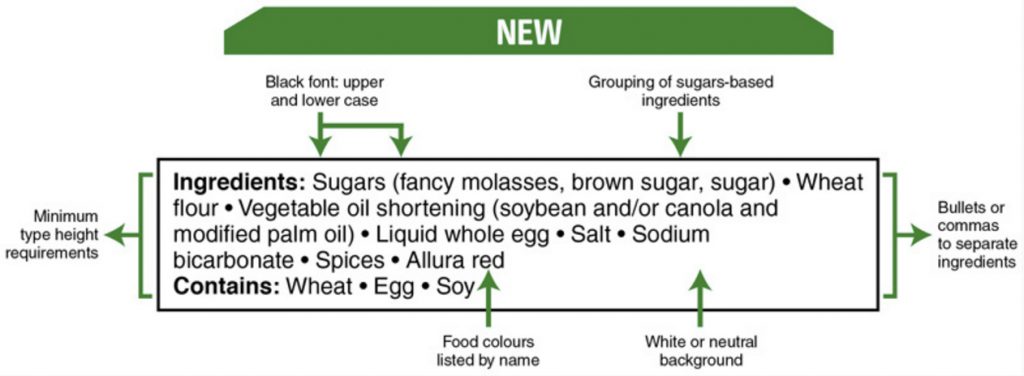



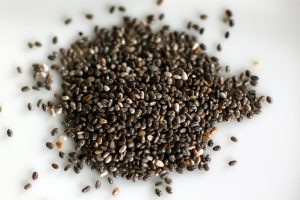
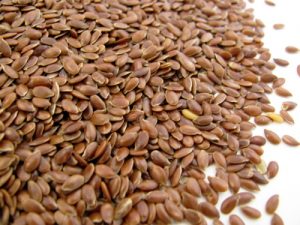
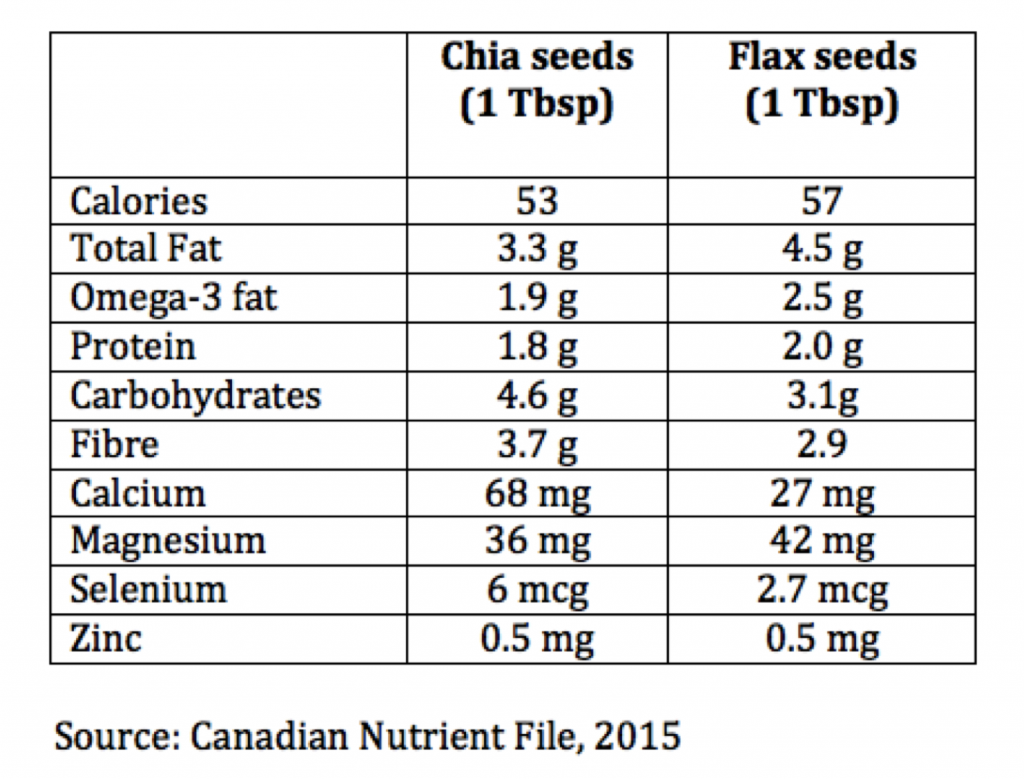
 With the start of summer, ice cream treats are a staple and gelato is becoming more popular. Do you know the difference between ice cream and gelato? Does gelato contain less dairy or have fewer calories than ice cream? Here’s the scoop!
With the start of summer, ice cream treats are a staple and gelato is becoming more popular. Do you know the difference between ice cream and gelato? Does gelato contain less dairy or have fewer calories than ice cream? Here’s the scoop!